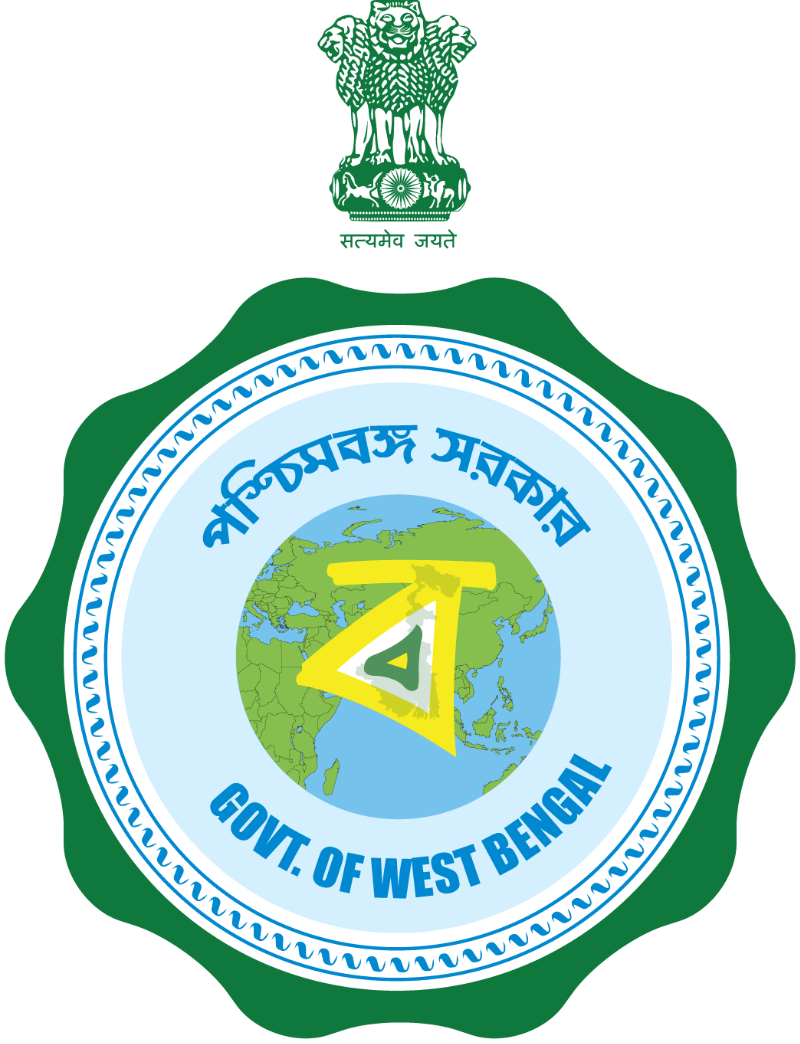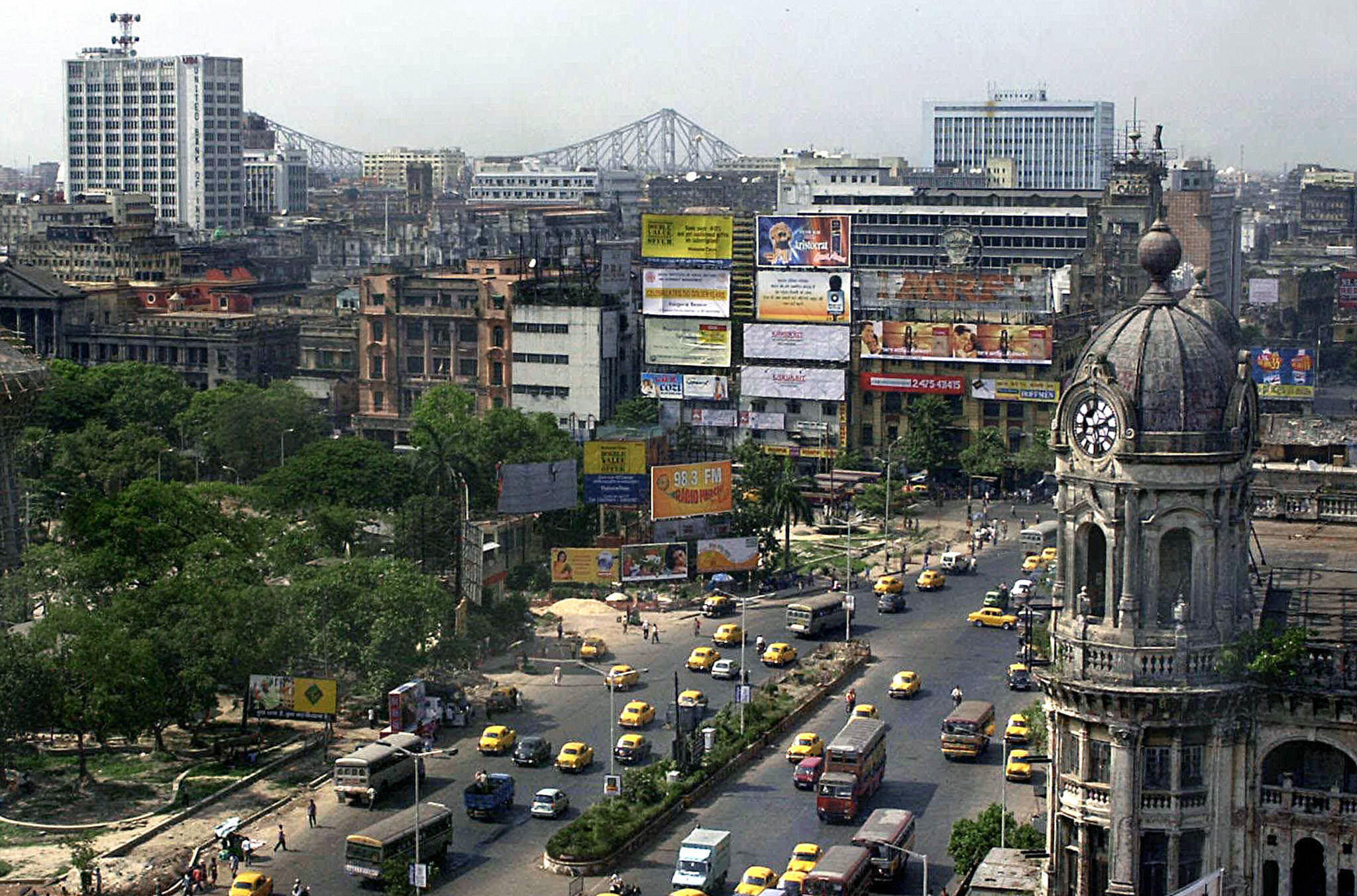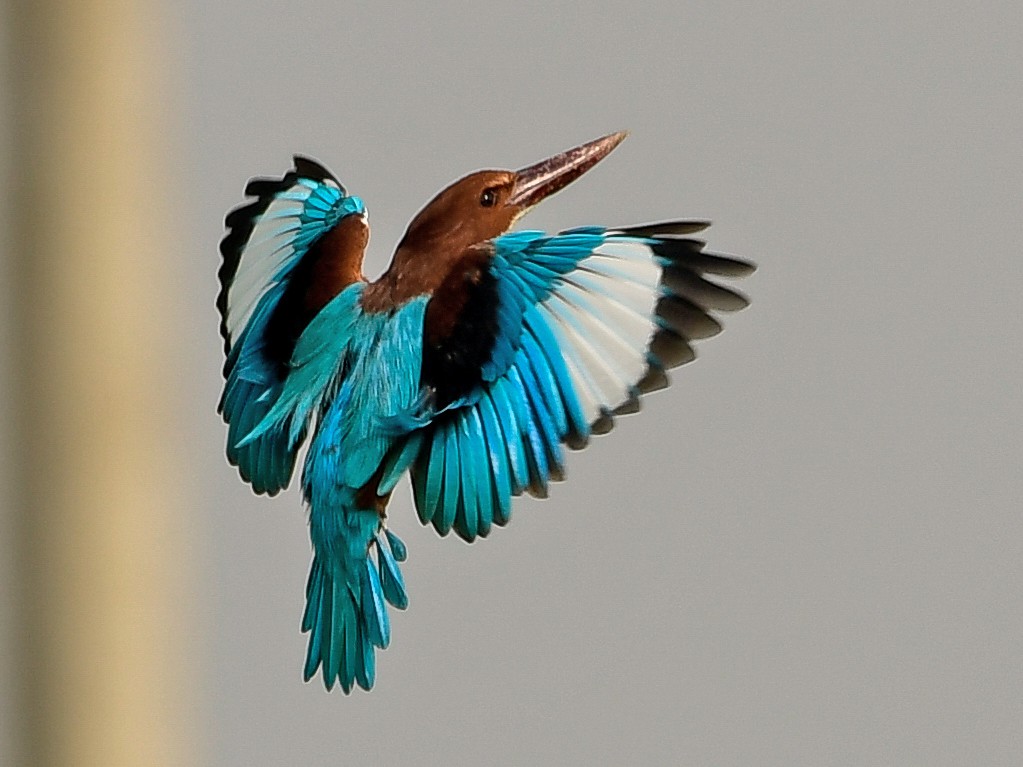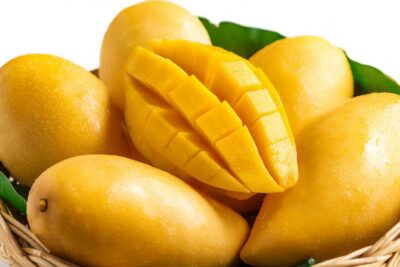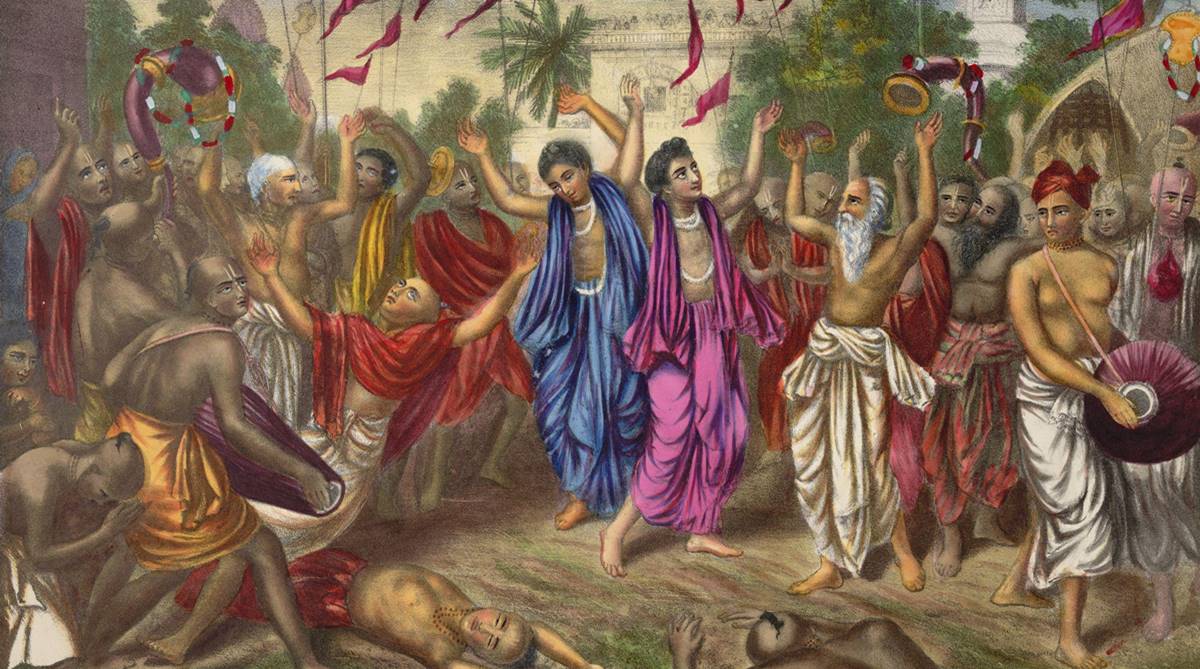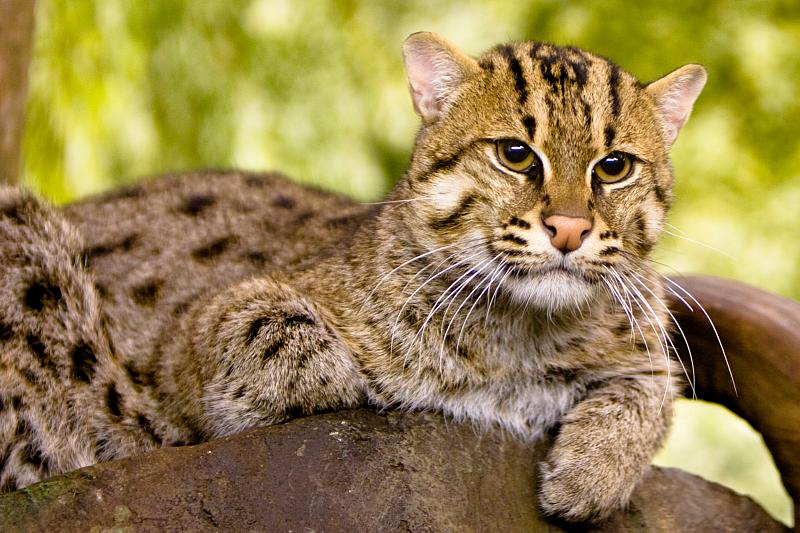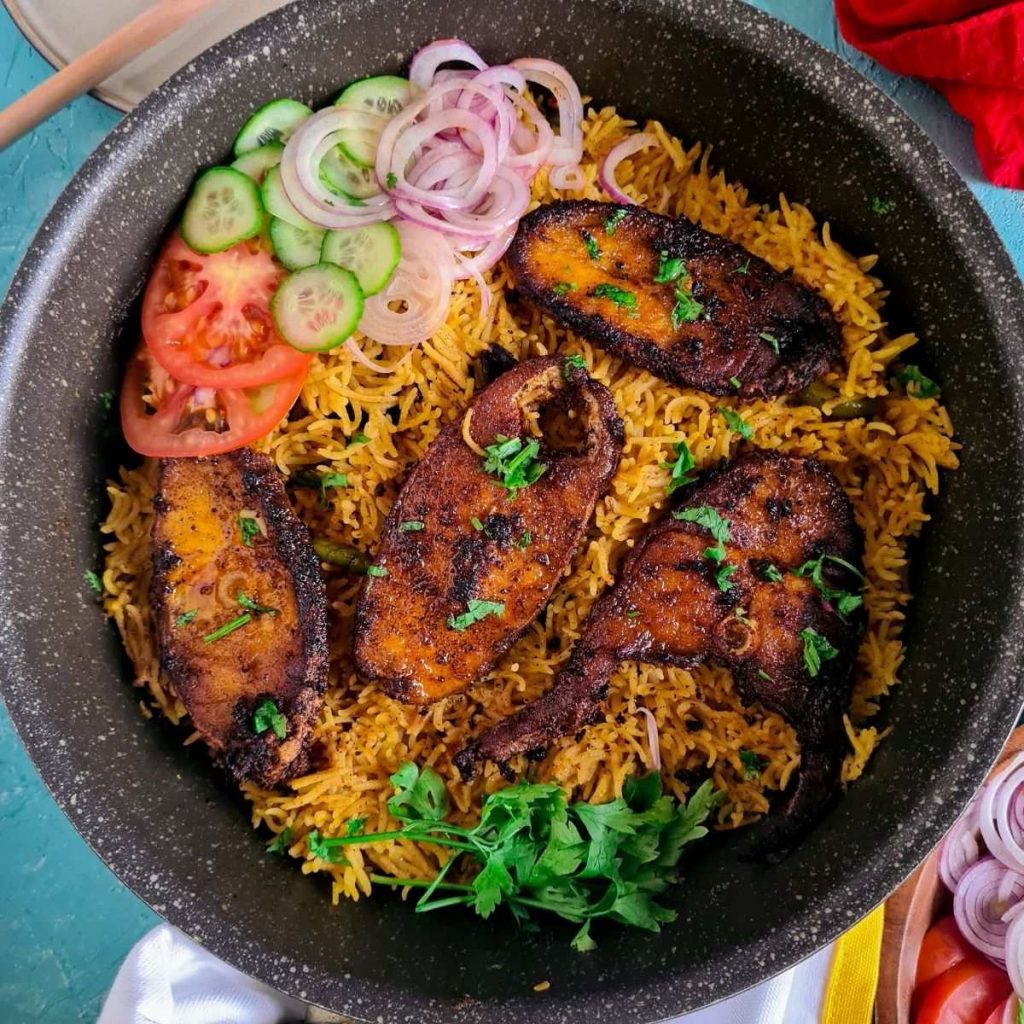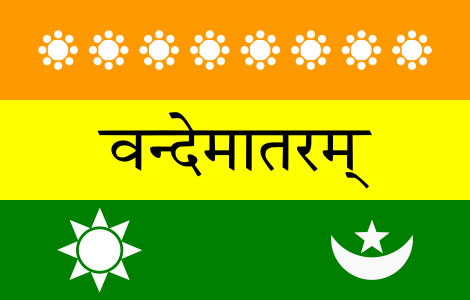State Symbols of West Bengal
Last updated on January 22nd, 2023 by Editorial Staff
By | Updated on January 22, 2023
Reviewed by Rittika
When Bankim Chandra Chatterjee wrote “Vande Mataram” in 1882, he represented the beauty of Bengal in numerous ways. Some things remain eternal in this world. The state’s rich culture brings the residents together via its unique unity in diversity and provides visitors with unrivaled geographical variety.
History of West Bengal
West Bengal is one of the country’s most populous states, located in Eastern India. Therefore, West Bengal cannot be considered in isolation when discussing Bengal’s history. It will cover Bengal’s history, encompassing both West and East Bengal (now Bangladesh). Since ancient times, the Bengal area has been a vital region. The Mahabharata, India’s famous epic, is where this province is first mentioned. Various groups of people, including Aryans in the post-Vedic period, established themselves here because of their strategic location near the sea.
West Bengal has been controlled by several dynasties, ranging from the Palas to the Guptas and the Sena. The Muslim reign began with Qutub-up-in Aibak and ended only with the Battle of Plassey. Then there were the British. Bengal’s 200-year relationship with the British has left indelible marks on the state’s culture. India held West Bengal after independence in 1947, but East Bengal became part of Pakistani territory. East Bengal is now an independent country known as Bangladesh, whereas West Bengal remains a part of the Republic of India.
Following independence, West Bengal experienced one of the fiercest religious riots in the world. Severe power shortages, strikes, and a violent Marxist-Naxalite movement destroyed much of the state’s infrastructure between 1960 and 1970, resulting in prolonged economic stagnation. In 1977, the Indian socialist organization (Marxist) took control of West Bengal’s political scene, bringing stability to the state. West Bengal is now considered one of India’s most developed states.
Geography
West Bengal’s topography is as diverse as its culture, ranging nearly 300 miles from the Himalayas to the Bay of Bengal. West Bengal is bordered on the north by Sikkim and Bhutan, northeast by Assam, east by Bangladesh, south by the Bay of Bengal, west by Jharkhand and Bihar, and northwest by Nepal. In the Sundarbans, which is also the native habitat of the famous Royal Bengal Tiger, the state is home to the wildest types of animals. The rich Gangetic plains sit between the Himalayan mountain range and the delta region. West Bengal’s Brief History West Bengal was previously known as Vanga and covered a large territory.
West Bengal is divided into 19 districts: Bankura, Bardhaman, Birbhum, Cooch Behar, Darjeeling, and District East Midnapore. Hooghly. Howrah. Jalpaiguri. Kolkata, Malda, Murshidabad, Nadia, North Dinajpur, Purulia South 24 Parganas, Dakshin Dinajpur, and West Midnapore are all part of the District North 24 Parganas.
West Bengal’s major cities include—Kolkata, Darjeeling, Jalpaiguri, Siliguri, Alipurduar, Cooch Behar, Durgapur, Krishnanagar, Bolpur, Raniganj, English Bazar, Midnapore, Bankura, Malda, Burdwan, Asansol, Haldia, Berhampore, Purulia, Shantipur, Chakdah, Ranaghat, Nabadweep, Balurghat, Chandannagar, Barrackpore, Howrah, Alipore, Barasat, Kalyani, Bongaon, Basirhat, etc.
Many Indian literary and artistic figures, including Rabindranath Tagore, Bankim Chandra Chatterjee, Swami Vivekananda, Raja Ram Mohan Roy, and Satyajit Ray, were born in Kolkata, which is also known as India’s cultural capital.
Many leaders of the Indian freedom fight, including Chittaranjan Das, Surendranath Banerjea, Netaji Subhas Chandra Bose, Prafulla Chaki, Bagha Jatin, Khudiram Bose, Surya Sen, Binoy–Badal–Dinesh, Sarojini Naidu, Aurobindo Ghosh, Rashbehari Bose, and others, were born in Bengal.
Culture and Tradition
Bengal’s most important festival, and the state’s most lively celebration, is Durga Puja. Poyola Boishakh is the first day of the Bengali new year. Aside from it, there are several important festivals.
Even though Bengali women typically wear sari and shalwar kameez, Western clothing has gained popularity among younger and professional women. The dhoti, Panjabi kurta, sherwani, pajama, and lungi are traditional men’s attire.
The Baul tradition is a unique Bengali folk music history, whereas other folk music includes Gombhira, Bhawaiya, kirtans, and Gajan festival music. In addition, Chau dance, also known as Gaudiya Nritya, is a Bengali dance form.
Bengalis today exhibit a blend of ancient values and modern customs. They are passionate about art, craft, and music and mostly believe in socialism. West Bengal produces numerous varieties of handloom cotton and silk, a common source of income for the state’s rural inhabitants.
Bengalis love their food, and they know how to enjoy it! Fish comes in a wide variety of kinds, and Bengalis have several distinctive recipes dedicated to it, such as Malai curry with prawn fish, patron, ilish mach, and so on. West Bengal sweets are also well-known, with most of them composed of milk and its derivatives. Rasogolla, Sandesh, rasamalai, handmade pitha, and other popular dishes are popular.
Places to Visit in West Bengal
West Bengal is a land of many tourist spots, from the towering Himalayas to the tranquility of the Gangetic plains, from serene seashores to gorgeous mangroves. The vibrant festivities, exquisite architecture, lovely crafts, classical and modern music, and delectable ethnic delicacies make West Bengal a splendid place giving remarkable experiences add to its attraction.
Kolkata – The City of Joy
Kolkata is the capital of West Bengal and India’s second-largest metropolis. It’s a never-ending celebration of humanity’s existence. This vibrant 350-year-old metropolis on India’s Eastern Coast serves as the state capital of West Bengal. It thrives as India’s artistic, social, and intellectual capital. The city is also known as the ‘City of Joy.’ The Victoria Memorial, Howrah Bridge, Fort William, Eden Gardens, and Jorasanko Thakur Bari — the ancestral house of Nobel Laureate Rabindranath Tagore – are some of the city’s features.
Darjeeling
Darjeeling hill station is a treasure of old-world charm and modernity. It combines a potent mix of breathtaking mountain views, waterfalls, sightseeing excursions, Buddhist monasteries, museums, shopping, and delectable Tibetan cuisine. With its beautiful green surroundings and appealing hills, this location is unquestionably one of the best spots to visit in West Bengal.
The Sundarbans – Land Of Mangroves
The Sundarbans, UNESCO World Heritage Site, is the world’s largest mangrove ecosystem and Home to one of India’s most notorious untamed living species, the Royal Bengal Tiger. Yet, the Sundarbans is one of the most beautiful and charming places because of its connection. Currently, 250 tigers and various birds, reptiles, and invertebrates, including crocodiles, call this amazing region home.
Shantiniketan – The epitome of serenity
Shantiniketan is a town in West Bengal’s Birbhum district. Rabindranath Tagore, the Nobel Laureate, put it on the map because it was his home. As a result, the site, now a university, attracts many tourists each year. Make a point of visiting Tagore’s Ashrama, Poush Mela, Amar Kutir, and Rabindra Bhaban Museum, where you may see many of Tagore’s sculptures and paintings.
Hooghly
Hooghly is only 47 kilometers from Kolkata and is rich in history and tradition. The town bears witness to outsiders’ control at various settlements like the British, Portuguese, Dutch, French, Germans, and Austrians. The Hooghly River, a Ganges River distributary, dominates the terrain.
Digha – Beach Town
Digha is a town on the banks of the beautiful Bay of Bengal that has a pristine and unspoiled beach. This town’s gorgeous scenery and peaceful beaches are ideal for anyone looking to get away from the hustle and bustle of everyday life. This town is known not only for its beaches but also for the unique experience it provides. This town has a lot to offer travelers, including temples, beaches, and museums.
Murshidabad – Ancient Vibes
Murshidabad is one of those West Bengal tourist attractions that has been a part of history’s important events. Murshidabad has seen a lot, whether it was the Nawabs before colonial control or the English Lords calling it home, and it oozes old-world elegance. Murshidabad’s floors are covered in temples, monuments, and churches, transporting visitors to the city’s lovely golden days. This town’s grandeur is unparalleled.
West Bengal is home to people of various ethnic, regional, and cultural backgrounds. The majority of people in West Bengal have a festive atmosphere, an inclination to enjoy fine food and intellectual air, and a love for literature, music, and football. Bengal is a one-of-a-kind state because of its cosmopolitan Bengali culture, which incorporates traditional sacredness. Continue reading to learn more about Bengali people’s basic characteristics.
Unwind’s history, heritage architecture, finery arts and crafts, vibrant folk festivals, music-theatre-drama, traditional celebrations, delectable cuisines, and ethnic delicacies are only a few of the many attractive qualities of this land.
State Information
| Official Language | Bengali, English, Urdu, Hindi |
| State Rank | 13 |
| Demonym(s) | Bengali |
| Nickname | Land of Black Diamonds |
| ISO | IN-WB |
| Formation Date | 26 January 1950 |
| Coordinates | Lat: 22.9868° N, Long: 87.8550° E |
| Area |
State seal
Motto of West Bengal
Satyameva Jayate- "Truth alone triumphs"
State symbols of West Bengal 👇
-
State capitalKolkata
-
State birdWhite-throated kingfisher
-
State flowerNight-blooming jasmine
-
State fruitMango
-
State treeChatim tree
-
State danceThe Kirtan Dance
-
State animalFishing cat
-
State dishRice and Fish
